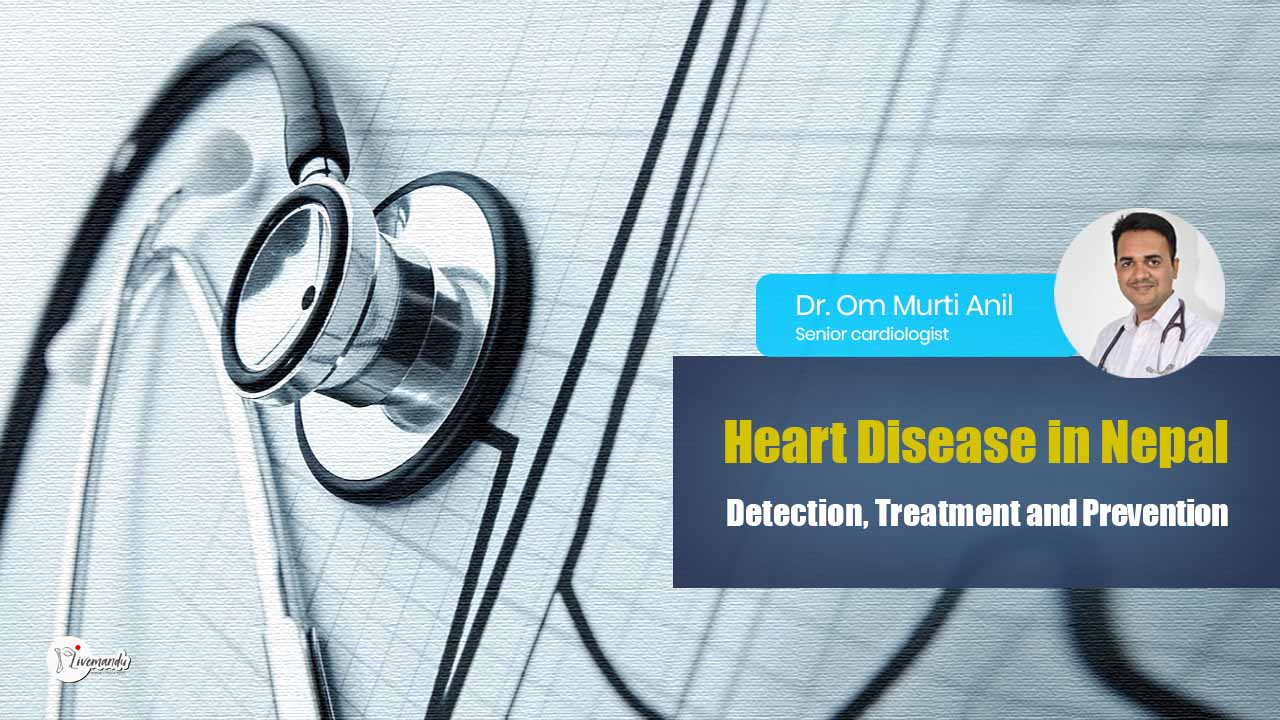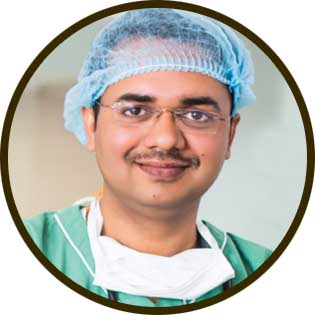
Cardiovascular Disease in Nepal : Detection, Treatment and Prevention
Heart disease is the most common cause of death in developing countries like Nepal. Most of these deaths are preventable if heart disease risk factors are detected and treated in time. Young adults of Money earning age group are mainly affected by this disorder, and the hereby economic burden is further added to the society of underdeveloped nations.

MBBS, MD, DM Cardiology(AIIMS)
Lack of good infrastructure, manpower resources, and doctors are other important reasons for high morbidity and mortality of heart-related diseases in these countries. Even the best and the highly qualified specialist doctor can’t do much unless Patients themselves understand and adopt a healthy lifestyle to prevent the development of deadly conditions like heart attack and other heart diseases.
The most popular, effective, easy, safe, convenient, and cheapest way of fighting heart-related problems is prevention. The famous quote, prevention is better than cure, is best suited for heart disease. One of the good things about heart disease is the availability of highly advanced treatment facilities and better treatment options even for advanced stages cases.
When to suspect a heart disease
When you have chest pain, shortness of breath, palpitation, leg swelling, excessive fatigue, unexplained sweating, dizziness, loss of consciousness, or fainting attacks, heart disease is suspected by a doctor.
When you meet your physician doctor, he may assess the probability of heart disease based on your symptom and its relation with physical activity and he may advise you on different tests to confirm heart disease. If he suspects, he may refer you to a consultant cardiologist, one who better deals with heart-related diseases.
Role of Heart Specialist/ Cardiologist
A Cardiologist diagnoses heart disease based on risk factors, symptoms, and investigations. The most commonly prescribed tests are ECG (Electrocardiography), ECHO (Echocardiography), TMT (Tread Mill Test), Holter, ABPM (Ambulatory Blood Pressure Monitoring), etc.
Most of the heart clinics, hospitals, or centers are equipped with these common day-care investigations and it doesn’t take much time. Based on the investigation report, a diagnosis of cardiac conditions is made. Depending on the results of these non-invasive reports, sometimes based on clinical indications, invasive investigations are also prescribed mainly coronary angiography (CAG) to diagnose the presence of blockage or heart attack. There are many other invasive tests like the CATH study.
Depending on the severity of the condition, your cardiologist chooses the best treatment option for you.
Treatment and Prevention
The most trusted modality of dealing with heart disease is “Prevention”. But, most often after diagnosis, the patient requires some form of medical treatment in form of medicines. If you improve your diet and lifestyle, there is better chances of reducing the dose of medicine to a minimum level. It’s the responsibility of your physician, to minimize the side effects of these medicines with his experience and skill.
Sometimes a patient may need invasive treatment in form of angioplasty, pacemaker, ICD, CRT, Device Closure, Radiofrequency catheter ablation after EPS tests, and other interventions. Some patients may require open-heart surgery for coronary artery disease, a rheumatic heart disease involving valves, congenital heart disease (holes in the heart) seen in children, and adolescents.
Most of the causes of heart disease are preventable. If the causes are identified and treated in time, heart diseases are prevented. Obesity, physical inactivity, unhealthy diet are important risk factors for cardiac diseases. Stopping smoking and limiting alcohol intake are major steps in preventing heart disease. Mental stress and environmental pollution are an emerging risk factor for heart disease in recent times.


